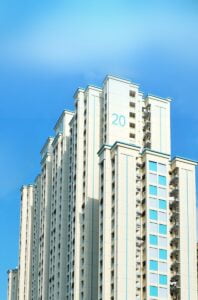Introduction:
In today’s digital age, trading platforms play a crucial role in the financial markets. To fully comprehend the functioning and capabilities of trading platforms, it is essential to explore their underlying architecture. In this article, we will delve into the architecture of a trading platform, highlighting its key components and their significance.
- Client Interface:
The client interface serves as the user-facing aspect of a trading platform. It provides traders with a visually appealing and intuitive interface to navigate through various features and functionalities. A well-designed client interface enhances user experience and promotes efficient trading. - Order Management System (OMS):
The Order Management System is a critical component of a trading platform. It handles the lifecycle of orders, including order placement, modification, and cancellation. The OMS interacts with various entities such as exchanges, liquidity providers, and clearinghouses to ensure seamless execution of trades. - Market Data:
Accurate and timely market data is vital for successful trading. Trading platforms fetch market data from multiple sources, such as exchanges and data providers, and deliver it to traders in real-time. This data includes stock prices, indices, charts, news, and other relevant information that traders rely on to make informed decisions. - Risk Management:
Trading involves inherent risks, and effective risk management is crucial for the smooth operation of a trading platform. The risk management component oversees factors like position limits, credit checks, margin requirements, and compliance with regulatory guidelines. It employs robust algorithms to monitor and mitigate potential risks. - Connectivity and Integration:
Trading platforms need seamless connectivity to various market participants, such as liquidity providers, brokers, and exchanges. Integration with multiple trading venues ensures access to a wide range of instruments and optimal execution capabilities. Efficient connectivity protocols and APIs facilitate the smooth flow of data and communication. - Back-Office Operations:
To ensure end-to-end workflow management, trading platforms incorporate back-office operations. This component handles functions such as trade settlement, transaction reconciliation, accounting, reporting, and compliance. Streamlining these operations not only enhances operational efficiency but also ensures regulatory compliance. - Scalability and High Availability:
A trading platform’s architecture must accommodate the growing demands of users and handle large trading volumes. Scalability allows the platform to handle increased user traffic and transaction volumes without compromising performance. High availability ensures uninterrupted access to trading services, mitigating the impact of service disruptions.
Conclusion:
The architecture of a trading platform encompasses various components that work together to provide a seamless trading experience. The client interface, order management system, market data, risk management, connectivity, integration, back-office operations, scalability, and high availability are all integral parts of a robust trading platform. Understanding this architecture will empower traders to make informed decisions and leverage the capabilities offered by modern trading platforms.



+ There are no comments
Add yours